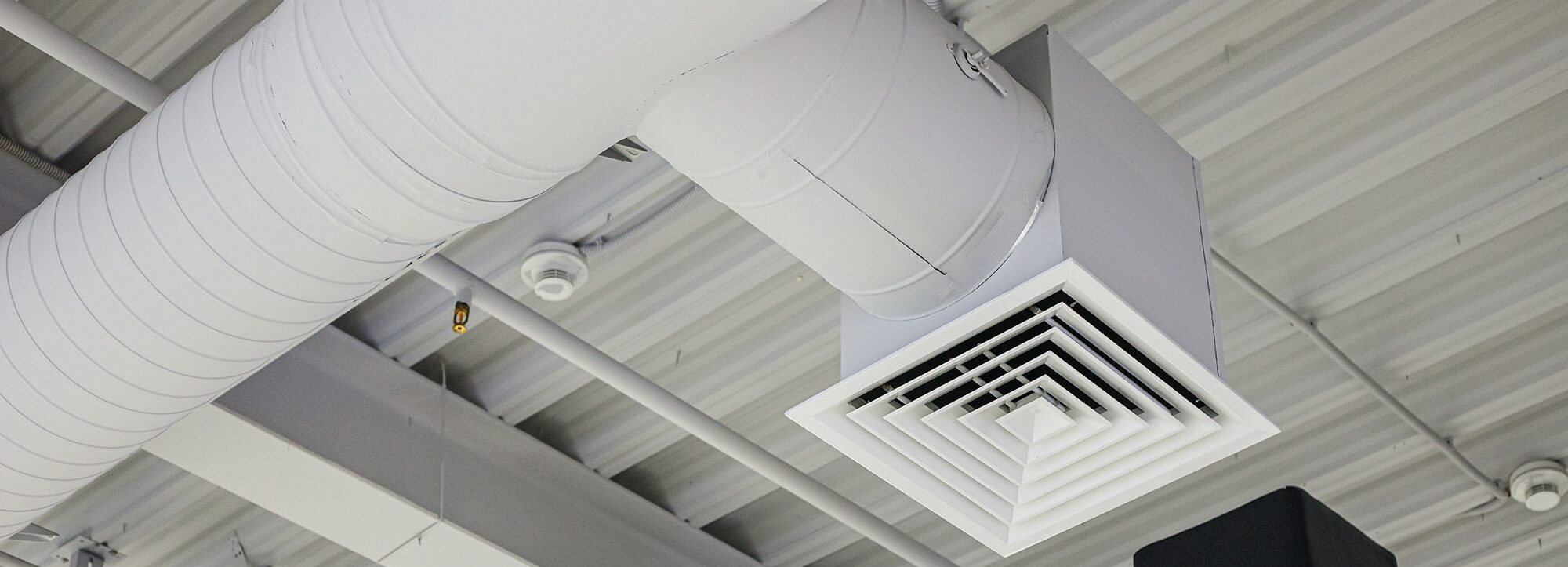Frequently Asked Questions
Air Duct Cleaning FAQ: Common Questions Homeowners Ask
Looking for the most accurate air duct cleaning FAQ? Here are the answers homeowners need about scheduling, pricing, safety, and improving indoor air quality.
This Air Duct Cleaning FAQ was created to give you clear, expert answers backed by trusted sources like the U.S. Department of Energy (DOE) and the National Air Duct Cleaners Association (NADCA).
Whether you’re worried about dust, allergies, odors, airflow, or HVAC efficiency, this guide covers it all.
✔ Air Duct Cleaning FAQ: Your Most Common Questions Answered
Air Duct Cleaning FAQ
1. What exactly is air duct cleaning?
Air duct cleaning is the process of removing dust, allergens, debris, mold spores, pet dander, and contaminants from your home’s HVAC ductwork. A professional service uses negative-air vacuum systems, mechanical brushes, and high-efficiency air compressors to deep-clean your supply and return ducts.
This helps your home maintain cleaner air, stronger airflow, and increased HVAC efficiency.
2. How do I know if I need air duct cleaning?
You may need air duct cleaning if you notice:
Excess dust around vents
Airflow that feels weak or uneven
Allergies worsening indoors
Musty, dirty, or unusual odors
Increased dusting around your home
HVAC system running longer than normal
Visible dust blowing from vents
Your home hasn’t been cleaned in 3–5+ years
You recently completed home renovations
If you’ve had construction work, duct cleaning is strongly recommended — construction dust is one of the most common HVAC contaminants.
3. How often should air ducts be cleaned?
NADCA recommends cleaning air ducts every 3–5 years, depending on your home and lifestyle.
You may need more frequent cleaning if:
You have pets
Someone in the home suffers from allergies
You burn candles often
Your home has high indoor humidity
You notice recurring dust or odors
New Jersey homeowners with older HVAC systems benefit from cleaning every 2–3 years.
4. Does air duct cleaning actually improve indoor air quality?
Yes — especially when your ducts contain dust, allergens, and microbial contaminants.
Removing these pollutants helps reduce:
Allergy flare-ups
Asthma irritation
Respiratory discomfort
Musty and unpleasant odors
Clean ducts also improve air circulation, helping your HVAC system move fresh air throughout your home.
5. Does air duct cleaning improve HVAC efficiency?
Absolutely. According to the U.S. Department of Energy, restricted airflow can make homeowners waste 20–30% more energy each month.
Clean ducts help your system:
Run more efficiently
Deliver stronger, more consistent airflow
Reduce wear and tear on motors
Lower monthly utility bills
6. How Long Does an Air Duct Cleaning Appointment Take?
Most standard homes take 1.5 to 3 hours, depending on:
Home size
Number of vents
Level of buildup
Whether you add dryer vent cleaning or sanitizing treatments
Large homes and systems with heavy contamination may take longer.
7. What does a full air duct cleaning include?
A professional NADCA-standard cleaning should include:
Complete system inspection
Negative-air vacuum extraction
Mechanical agitation (brushes, whips, snakes)
Deep cleaning of supply ducts
Deep cleaning of return ducts
Cleaning of trunk lines
Blower motor and housing cleaning
Air handler and evaporator coil inspection
Optional sanitizing treatments
A technician should clean every duct that handles air, not just the ones that are easy to reach.
8. Can dirty air ducts make allergies worse?
Yes. Dust mites, pet dander, pollen, and microbial growth inside ducts can circulate throughout your home every time the HVAC system runs.
Cleaning ducts helps reduce allergy triggers for:
Children and seniors
Respiratory-sensitive individuals
Asthma patients
Homes with pets
9. What are signs of mold in air ducts?
Common mold indicators include:
Musty odors when the system turns on
Dark or fuzzy spots around vents
Persistent humidity or moisture issues
Allergies that worsen when AC/heating is running
If mold is suspected, professional cleaning and sanitizing are required.
10. Is UV light a good addition for cleaner air?
Yes. UV lights installed inside your HVAC system help kill:
Bacteria
Mold spores
Viruses
VOCs (volatile organic compounds)
UV lights improve your home’s long-term air quality and reduce microbial regrowth after duct cleaning.
11. Should I Get Dryer Vent Cleaning at the Same Time?
Yes — it is highly recommended.
Prevents house fires
Improves dryer efficiency
Reduces drying time
Lowers energy costs
Most homeowners combine both services during the same visit for full-system cleanliness.
12. How much does professional air duct cleaning cost?
Pricing varies based on:
Home size
Number of vents
System complexity
Contamination level
Most homes fall between $350–$800 (New Jersey average).
Avoid companies that offer extremely low prices — they often use “bait & switch” tactics.
13. Does duct cleaning help with odors?
Yes. Odors caused by:
Mold
Pet dander
Dust
Smoke residue
Bacteria buildup
…are often reduced or eliminated completely after cleaning.
14. What should I expect during the service?
During your appointment, technicians will:
Inspect your system
Cover furniture and floors
Create access panels as needed
Connect a negative-air vacuum
Use mechanical tools to loosen debris
Clean all main and branch ducts
Clean blower motor components
Perform a final system test
You’ll notice cleaner air and improved airflow immediately.
15. How do I schedule an air duct cleaning?
Scheduling is easy.
📞 Call us at 201-335-2524
or
👉 request a quote online
We proudly serve Bergen County, Essex County, Passaic County, and surrounding New Jersey communities.
Cleaner air. Better health. A more efficient HVAC system — starting today.
